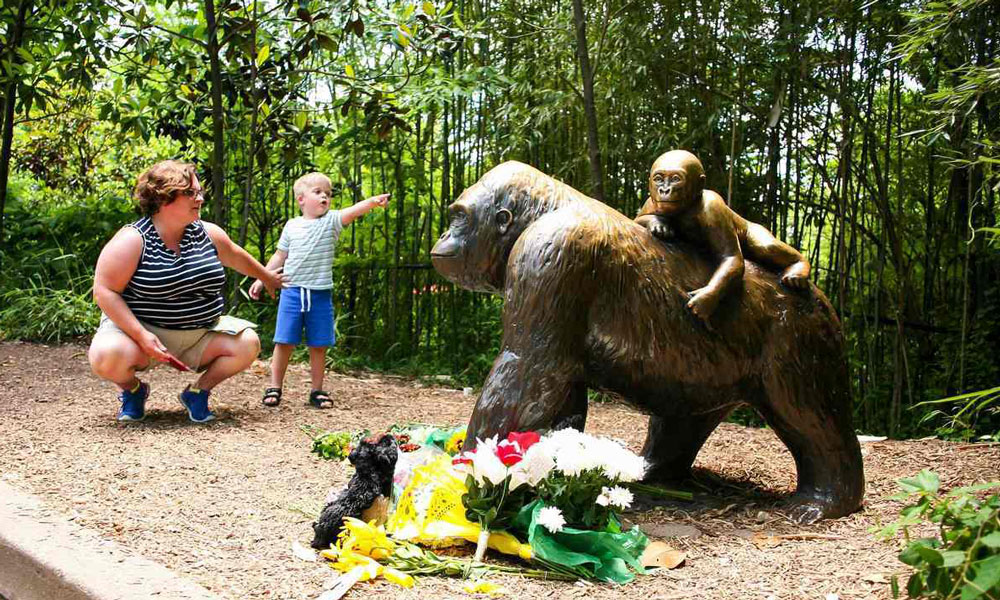
Associations: Cincinnati Zoo Tragedy Offers Important Lessons
After Harambe, a gorilla at the Cincinnati Zoo, was killed during the rescue of a young boy who had fallen into the gorilla's enclosure, there was a national outcry against both the zoo and the child's parents. Despite the tragedy, zoo associations worldwide have defended the zoo's decision and believe there are lessons that can be learned from it that may prevent similar incidents.
The fatal shooting of a silverback gorilla at the Cincinnati Zoo in order to rescue a 4-year-old boy who had gotten into the animal’s enclosure has raised serious questions, including whether there was another way to handle the situation to avoid killing 17-year-old Harambe, what role the mother played in the incident, and (as PETA posits) whether zoos should exist at all.
The Cincinnati Zoo’s decision has repeatedly been second-guessed by the public, something highlighted by multiple Change.org petitions calling for legal consequences for the boy’s parents. However, the zoo would do the same thing if faced with a similar situation, its director, Thane Maynard, has said.
Clearly, this was not an easy decision to make. But according to multiple zoo associations around the world, it was the right one, given the circumstances. Kirsten Pullen, the chief executive officer of the British and Irish Association of Zoos and Aquariums, is among those who commented on the unpredictability of the situation.
“It was an incredibly dangerous situation for the child,” Pullen told the New Scientist. “The silverback, Harambe, grabbed the child by the leg and whooshed him through the water. He was using the child as part of a display. We can’t see the gorilla’s expression so we don’t know if he is being aggressive, but the display indicates an agitated animal, and his behavior is very unpredictable.”
The Association of Zoos and Aquariums (AZA), meanwhile, noted in an interview with the Canadian Press that the incident, tragic as it was, showed signs that the zoo was following proper protocol.
“I think that preparation is what you saw happen in Cincinnati where the zoo professionals were able to resolve the situation very quickly,” Spokesman Rob Vernon told the wire service on Monday. “They have a top-notch staff there, and it showed yesterday during an unfortunate incident.”
One question that arose from the event is whether stronger barriers are needed around enclosures. In comments to The New York Times, Vernon said that while AZA is waiting for a report from the zoo, he expects it will highlight the need for more secure enclosures for gorillas.
In comments to the Canadian Press, the executive director of Canada’s Accredited Zoos and Aquariums, Massimo Bergamini, said the incident highlighted the importance of the frequent safety checks that members of CAZA and similar groups undertake each year.
“In addition to having policies and procedures in place, this involves holding regular emergency simulation exercises to ensure that in the event of an incident, trained Emergency Response Personnel are mobilized, know exactly what to do, and have the necessary equipment on hand as well as the authority to act,” Bergamini told the Canadian Press.
A gorilla statue at the Cincinnati Zoo has become a makeshift memorial for Harambe, who was killed over the weekend. (William Philpott/Reuters)






Comments